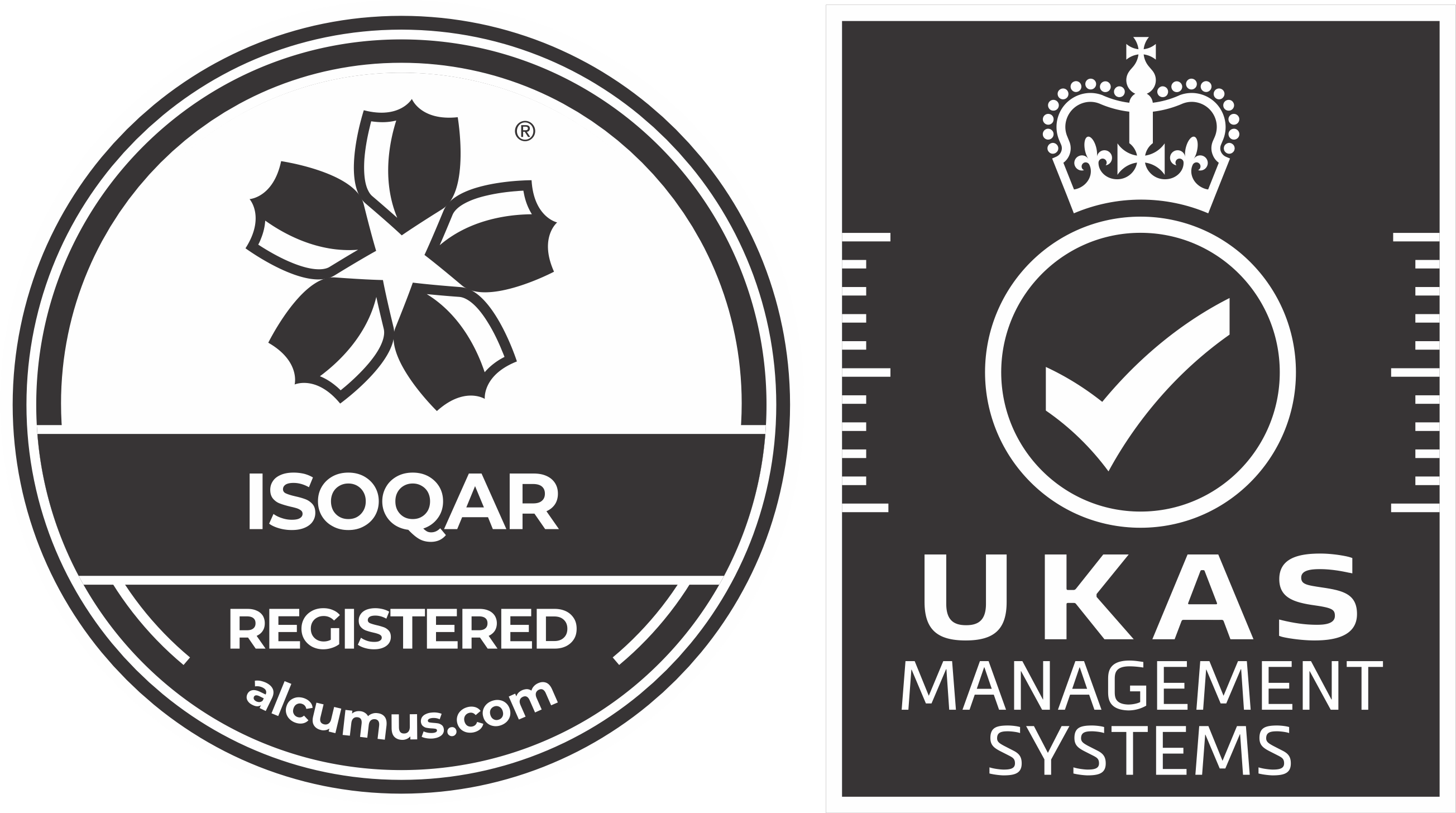Cardiovascular
Don Valley Pharma is a leading antihypertensives manufacturer in Pakistan. Below are some of the leading treatment drugs, for high blood pressure, from the best high blood pressure drugs manufacturer in Pakistan.
Generic: Atorvastatin Calcium
Composition: 20mg/Tablet
Generic: Atorvastatin Calcium
Composition: 40mg/Tablet
Generic: Amlodipine Besylate
Composition: 5mg/Tablet
Generic: Amlodipine Besylate
Composition: 10mg/Tablet
Generic: Simvastatin
Composition: 10mg/Tablet
Generic: Simvastatin
Composition: 20mg/Tablet
Generic: Simvastatin
Composition: 40mg/Tablet
Generic: Losartan Potassium
Composition: 25mg/Tablet
Generic: Losartan Potassium
Composition: 50mg/Tablet
Generic: Losartan Potassium
Composition: 100mg/Tablet
Generic: Losartan Potassium + Hydrochlorothiazide
Composition: 50mg + 12.5mg /Tablet
Generic: Rosuvastatin Calcium
Composition: 5mg/Tablet
Generic: Rosuvastatin Calcium
Composition: 10mg/Tablet
Generic: Rosuvastatin Calcium
Composition: 20mg/Tablet
Generic: Rosuvastatin Calcium
Composition: 40mg/Tablet
Generic: Prasugrel (as HCI)
Composition: 5mg/Tablet
Generic: Prasugrel (as HCI)
Composition: 10mg/Tablet
Generic: Rivaroxaban
Composition: 15mg/Tablet
Generic: Rivaroxaban
Composition: 20mg/Tablet
Generic: Amlodipine + Valsartan
Composition: 5mg + 80mg /Tablet
Generic: Amlodipine + Valsartan
Composition: 5mg + 160mg /Tablet
Generic: Amlodipine + Valsartan
Composition: 10mg + 160mg /Tablet
Generic: Indapamide
Composition: 1.5mg/Tablet
Generic: Bisoprolol Fumarate
Composition: 2.5mg/Tablet
Generic: Bisoprolol Fumarate
Composition: 5mg/Tablet
Other Cardiovascular Products
| Sr. # | Brand Name/Form | Generic/Composition | Pack Size |
|---|---|---|---|
| 1 | Anticoag Tablets | Each Tablet contains: Warfarin Sodium…………………………………….2.5mg | 100's |
| 2 | Anticoag Tablets | Each Tablet contains: Warfarin Sodium…………………………………...….5mg | 100's |
| 3 | Atostat Tablets | Each Tablet contains: Atorvastatin Calcium……………………………...…20mg | 10's |
| 4 | Atostat Tablets | Each Tablet contains: Atorvastatin Calcium…………………………...……40mg | 10's |
| 5 | Cadcare Plus Tablets | Each Tablet contains: Clopidogrel……………………………………….…..75mg Aspirin………………………………………………...75mg | 10's |
| 6 | DV-Card Tablets | Each Tablet contains: Carvedilol……………………………………….….12.5mg | 10's |
| 7 | Hypomide Tablets | Each Tablet contains: Indapamide (as hemihydrate)………………….…...1.5mg | 30's |
| 8 | Hypomide SR Tablets | Each Tablet contains; Indapamide (as hemihydrate)…………….………...2.5mg | 30's |
| 9 | Hypres Tablets | Each Tablet contains: Amlodipine Besylate…………………………………..5mg | 20's |
| 10 | Hypres Tablets | Each Tablet contains: Amlodipine Besylate…………………………...……10mg | 20's |
| 11 | Lipostat Tablets | Each Tablet contains: Simvastatin……………………………………...……10mg | 10's |
| 12 | Lipostat Tablets | Each Tablet contains: Simvastatin……………………………………...……20mg | 10's |
| 13 | Lipostat Tablets | Each Tablet contains: Simvastatin………………………………………...…40mg | 10's |
| 14 | DV Losartan Tablets | Each Tablet contains: Losartan Potassium…………………………………25mg | 20's |
| 15 | DV Losartan Tablets | Each Tablet contains: Losartan Potassium………………………………....50mg | 20's |
| 16 | DV Losartan Tablets | Each Tablet contains: Losartan Potassium…………………………….….100mg | 10's |
| 17 | DV Losartan Plus Tablets | Each Tablet contains: Losartan Postasium……………………...………….50mg Hydrochlorothiazide………………………...……..12.5mg | 20's |
| 18 | Plator Tablets | Each Tablet contains: Cilostazol……………………………………………..50mg | 30's |
| 19 | Plator Tablets | Each Tablet contains: Cilostazol…………………………………………....100mg | 30's |
| 20 | Resolip Tablets | Each Tablet contains: Rosuvastatin Calcium eg to Rosuvastatin…………...5mg | 10's |
| 21 | Resolip Tablets | Each Tablet contains: Rosuvastatin Calcium eg to Rosuvastatin………....10mg | 10's |
| 22 | Resolip Tablets | Each Tablet contains: Rosuvastatin Calcium eg to Rosuvastatin……...….20mg | 10's |
| 23 | Resolip Tablets | Each Tablet contains: Rosuvastatin Calcium eg to Rosuvastatin………....40mg | 10's |
| 24 | Suglet Tablets | Each Tablet contains: Prasugrel (as HCI)………………………………….....5mg | 14's |
| 25 | Suglet Tablets | Each Tablet contains: Prasugrel (as HCI)…………………………………...10mg | 14's |
| 26 | DV-Amlos Tablets | Each Tablet contains: Amlodipine besylate eq to Amlodipine…….………..5mg Valsartan…………………………………………...…80mg | 14's |
| 27 | DV-Amlos Tablets | Each Tablet contains: Amlodipine besylate eq to Amlodipine…….………..5mg Valsartan……………………………………....……160mg | 14's |
| 28 | DV-Amlos Tablets | Each Tablet contains: Amlodipine besylate eq to Amlodipine…….………10mg Valsartan……………………………………....……160mg | As per Requirement |
| 29 | Rivadon Tablets | Each Flim Coated Tablet contains: Rivaroxaban………………………………………….10mg | 10's, 30's |
| 30 | Rivadon Tablets | Each Flim Coated Tablet contains: Rivaroxaban………………………………………….15mg | As per Requirement |
| 31 | Rivadon Tablets | Each Flim Coated Tablet contains: Rivaroxaban………………………………………….20mg | 7's, 10's, 14's |
| 32 | Apixaken Tablet 2.5 mg | Each tablet contains: Apixaban………………………………………...….2.5mg | As per requirement of importing country |
| 33 | Apixaken Tablet 5 mg | Each tablet contains: Apixaban………………………………………...…...5mg | As per requirement of importing country |
| 34 | Atodon 10mg Tablets | Each Tablet contains: Atorvastatin Calcium……………………………...…10mg | As per requirement of importing country |
| 35 | Atodon 20mg Tablets | Each Tablet contains: Atorvastatin Calcium……………………………...…20mg | 10's |
| 36 | Atodon 40mg Tablets | Each Tablet contains: Atorvastatin Calcium…………………………...……40mg | 10's |
| 37 | Bisocure 2.5mg Tablet | Bisoprolol Fumarate…………………………..2.5mg/tab | As per requirement of importing country |
| 38 | Bisocure 5mg Tablet | Bisoprolol Fumarate…………………………….5mg/tab | As per requirement of importing country |
| 39 | Evamox Tablets | Each Tablet contains: Acetazolamide……………………………..………..50mg | 30's |
| 40 | Losadon 100mg Tablets | Each Tablet contains: Losartan Potassium…………………………….….100mg | 10's |
| 41 | Losadon 25mg Tablets | Each Tablet contains: Losartan Potassium…………………………………25mg | 20's |
| 42 | Losadon 50mg Tablets | Each Tablet contains: Losartan Potassium………………………………....50mg | 20's |
| 43 | Losazid Plus Tablets | Each Tablet contains: Losartan Potassium……………………...………….50mg Hydrochlorothiazide………………………...……..12.5mg | 20's 28's |
| 44 | ProNalix SR Tablet | Each SR Film-Coated tablet contains: Indapamide………………………………………....1.5mg | 30's |
| 45 | Proxaban 10 mg Tablet | Each Flim Coated Tablet contains: Rivaroxaban………………………………………….10mg | As per requirement of importing country |
| 46 | ProliXam Tablet 1.5mg/5mg | Each Tablet contains: Indapamide (as hemihydrate)………………..…...1.5mg Amlodipine….......................................................5mg | As per Requirement |
| 47 | ProliXam Tablet 1.5mg/10mg | Each Tablet contains: Indapamide (as hemihydrate)………………..…...1.5mg Amlodipine….......................................................10mg | As per Requirement |
Hypertension or High Blood Pressure & Cardiovascular Diseases
Antihypertensive therapy seeks to prevent the complications of high blood pressure, such as stroke and myocardial infarction. Evidence suggests that reduction of the blood pressure by 5 mmHg can decrease the risk of stroke by 34%, ischaemic heart disease by 21%, and reduce the likelihood of dementia, heart failure, and mortality from cardiovascular disease.
What is Hypertension?
Blood pressure is the force exerted by circulating blood against the walls of the body’s arteries, the major blood vessels in the body. Hypertension is when blood pressure is too high.
Blood pressure is written as two numbers. The first (systolic) number represents the pressure in blood vessels when the heart contracts or beats. The second (diastolic) number represents the pressure in the vessels when the heart rests between beats.
What Is “Normal” Blood Pressure?
A blood pressure reading is written like this: 120/80. It’s read as “120 over 80.” The top number is called the systolic, and the bottom number is called the diastolic. The ranges are:
- Normal: Less than 120 over 80 (120/80)
- Elevated: 120-129/less than 80
- Stage 1 high blood pressure: 130-139/80-89
- Stage 2 high blood pressure: 140 and above/90 and above
- Hypertension crisis: higher than 180/higher than 120 — See a doctor right away
High BP Range
Hypertension is diagnosed if, when it is measured on two different days, the systolic blood pressure readings on both days is ≥140 mmHg and/or the diastolic blood pressure readings on both days is ≥90 mmHg.
What are the different types of high blood pressure?
There are two main types of high blood pressure: primary and secondary high blood pressure.
- Primary, or essential, high blood pressure is the most common type of high blood pressure. For most people who get this kind of blood pressure, it develops over time as you get older.
- Secondary high blood pressure is caused by another medical condition or the use of certain medicines. It usually gets better after you treat that condition or stop taking the medicines that are causing it.
Other Types of Hypertension
Malignant Hypertension
Malignant hypertension is extremely high blood pressure that develops rapidly and causes some type of organ damage. Normal blood pressure is below 120/80. A person with malignant hypertension has a blood pressure that’s typically above 180/120. Malignant hypertension should be treated as a medical emergency.
Pulmonary Hypertension
Pulmonary hypertension (PH or PHTN) is a condition of increased blood pressure within the arteries of the lungs. Symptoms include shortness of breath, syncope, tiredness, chest pain, swelling of the legs, and a fast heartbeat. The condition may make it difficult to exercise. Onset is typically gradual.
Pregnancy-induced Hypertension
Pregnancy-induced hypertension (PIH) is a form of high blood pressure in pregnancy. It occurs in about 7 to 10 percent of all pregnancies. It is defined as systolic blood pressure (SBP) >140 mmHg and diastolic blood pressure (DBP) >90 mmHg.
Common symptoms of Hypertension
Hypertension is called a “silent killer”. Most people with hypertension are unaware of the problem because it may have no warning signs or symptoms. For this reason, blood pressure must be measured regularly.
When symptoms do occur, they can include early morning headaches, nosebleeds, irregular heart rhythms, vision changes, and buzzing in the ears. Severe hypertension can cause fatigue, nausea, vomiting, confusion, anxiety, chest pain, and muscle tremors.
The only way to detect hypertension is to have a health professional measure blood pressure. Having blood pressure measured is quick and painless. Although individuals can measure their blood pressure using automated devices, an evaluation by a health professional is important for the assessment of risk and associated conditions.
Reasons for High Blood pressure
Modifiable risk factors include unhealthy diets (excessive salt consumption, a diet high in saturated fat and trans fats, low intake of fruits and vegetables), physical inactivity, consumption of tobacco and alcohol, and being overweight or obese.
Non-modifiable risk factors include a family history of hypertension, age over 65 years, and co-existing diseases such as diabetes or kidney disease.
Best High Blood Pressure Drugs Manufacturer in Pakistan
Home Remedies for High Blood pressure
- Walk and exercise regularly. Share on Pinterest Regular exercise can help lower your blood pressure
- Reduce your sodium intake
- Drink less alcohol
- Eat more potassium-rich foods
- Cut back on caffeine
- Learn to manage stress
- Eat dark chocolate or cocoa
- Lose weight
Emergency treatment for High Blood pressure at home
- Try to stay calm. This might not be easy if you are worried, but remember that being calm can reduce blood pressure. Sit down and focus on your breathing. Take a few deep breaths and hold them for a few seconds before releasing them.
- Take your blood pressure medication if your doctor has prescribed something for you.
- A cup of hibiscus or chamomile tea can also help you feel calmer, it is a good idea to stock up on these teabags. However, avoid black tea or coffee at this time.
- You can also eat a piece of dark chocolate to help the release of endorphins that will calm you down.
What are the treatments for high blood pressure?
Treatments for high blood pressure include heart-healthy lifestyle changes and medicines. You will work with your provider to come up with a treatment plan. It may include only lifestyle changes. These changes, such as heart-healthy eating and exercise, can be very effective. But sometimes the changes do not control or lower your high blood pressure. Then you may need to take medicine. There are different types of blood pressure medicines. Some people need to take more than one type.
If your high blood pressure is caused by another medical condition or medicine, treating that condition or stopping the medicine may lower your blood pressure.
Antihypertensive drugs
Antihypertensives are a class of drugs that are used to treat hypertension (high blood pressure). Antihypertensive therapy seeks to prevent the complications of high blood pressure, such as stroke and myocardial infarction. Evidence suggests that reduction of the blood pressure by 5 mmHg can decrease the risk of stroke by 34%, ischaemic heart disease by 21%, and reduce the likelihood of dementia, heart failure, and mortality from cardiovascular disease. There are many classes of antihypertensives, which lower blood pressure by different means. Among the most important and most widely used medications are thiazide diuretics, calcium channel blockers, ACE inhibitors, angiotensin II receptor antagonists (ARBs), and beta-blockers.
Why are they prescribed?
Antihypertensive drugs are prescribed mainly to reduce the morbidity and mortality caused by hypertension and its complications. Many times, patients require more than one drug for effective control of hypertension.
Types of anti-hypertensive drugs
- ACE inhibitors. Angiotensin-converting enzyme (ACE) inhibitors reduce blood pressure by relaxing your blood vessels, e.g. enalapril, lisinopril, perindopril.
- Angiotensin II receptor blockers
- Calcium channel blockers
- Diuretics
- Beta-blockers
- Alpha-blockers
- Centrally acting antihypertensive drugs
- Vasodilators
Low Blood Pressure
A blood pressure reading lower than 90 millimeters of mercury (mm Hg) for the top number (systolic) or 60 mm Hg for the bottom number (diastolic) is generally considered low blood pressure.
Symptoms of low blood pressure
- Dizziness or lightheadedness.
- Nausea.
- Fainting (syncope)
- Dehydration and unusual thirst.
- Dehydration can sometimes cause blood pressure to drop. However, dehydration does not always cause low blood pressure. …
- Lack of concentration.
- Blurred vision.
- Cold, clammy, pale skin.
Low Blood Pressure Treatment
- Drink plenty of water. Dehydration can sometimes lead to low blood pressure
- Eat a balanced diet
- Eat smaller meals
- Limit or avoid alcohol
- Eat more salt
- Check your blood sugar
- Get your thyroid checked
- Wear compression stockings
















